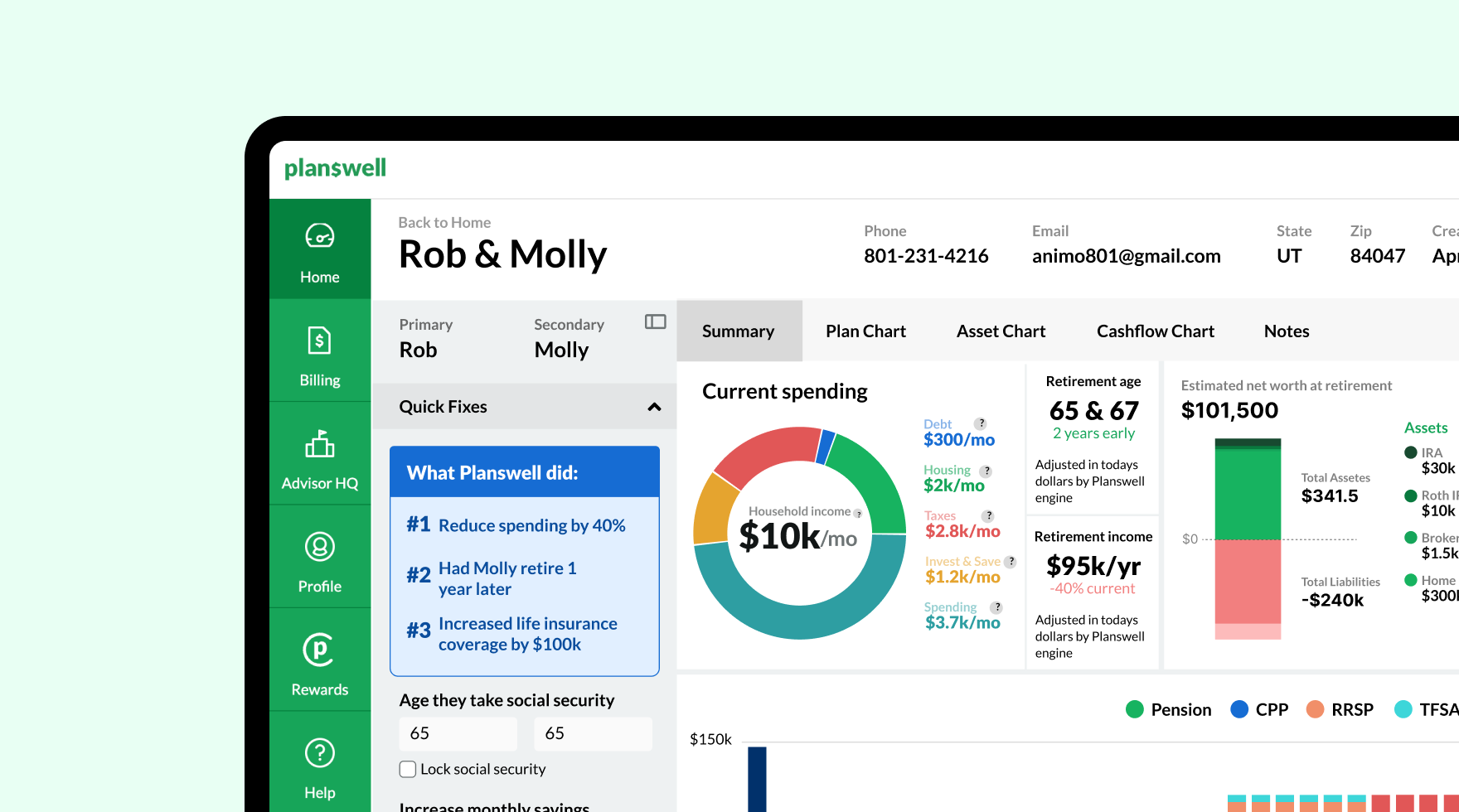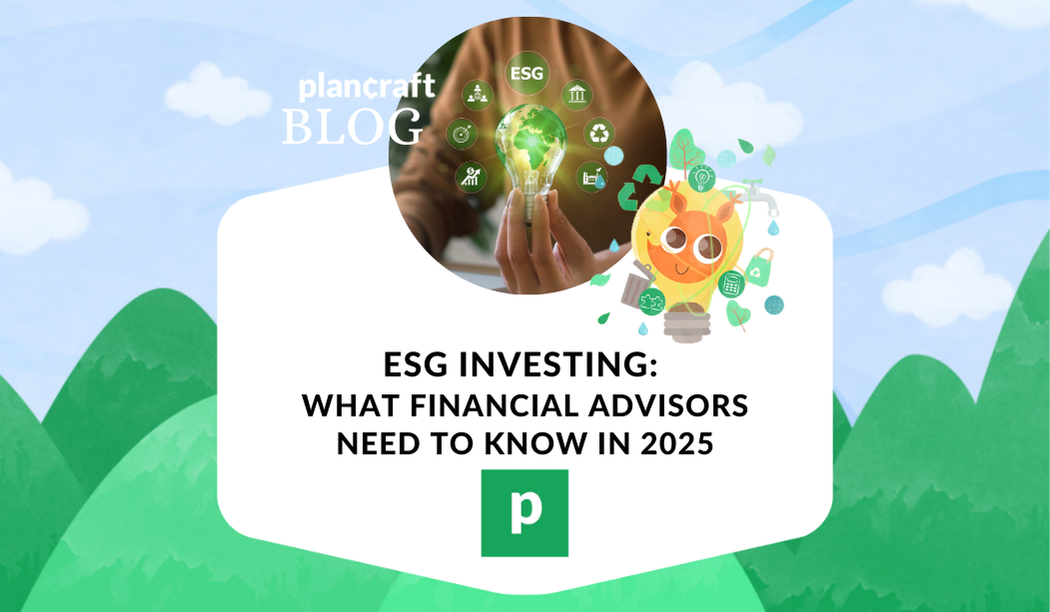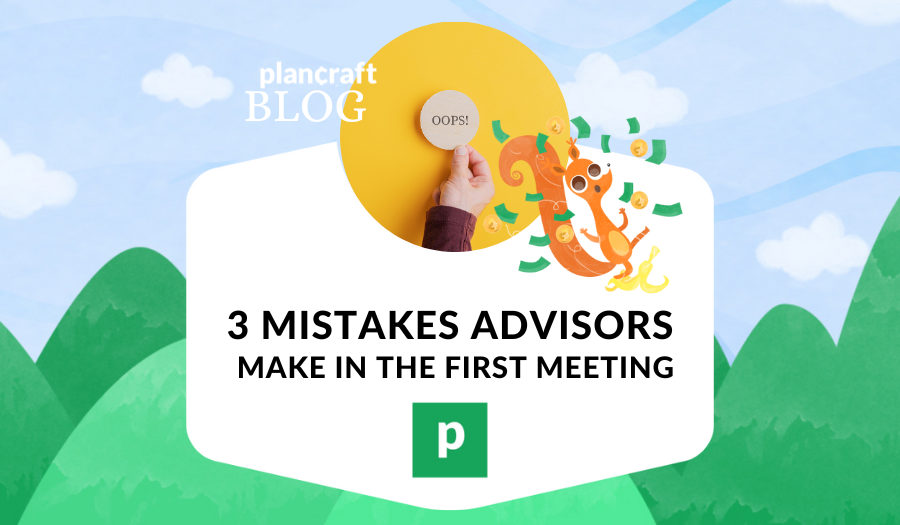More clients than ever are asking about Environmental, Social, and Governance (ESG) investing—and if you’re not prepared to have that conversation, you might be missing out on a growing opportunity.
As investors become more value-driven, they’re looking for ways to align their portfolios with their personal beliefs while still achieving strong financial returns. For financial advisors, this shift means understanding what ESG investing is, how to approach it with clients, and how to navigate potential challenges.
Here’s what you need to know to stay ahead of the curve and better serve ESG-conscious investors.
What is ESG Investing?
ESG investing goes beyond traditional financial metrics by considering a company’s environmental, social, and governance practices alongside its profitability.
- Environmental: How a company impacts the planet (carbon footprint, renewable energy use, waste management)
- Social: How a company treats employees, customers, and communities (labor practices, diversity, human rights)
- Governance: How a company is run (executive pay, board diversity, transparency, ethics)
Many investors see ESG as a way to support positive change while still growing their wealth. Some prioritize it for ethical reasons, while others believe companies with strong ESG practices are better positioned for long-term success.
Why Clients Care About ESG Now More Than Ever
ESG investing isn’t new, but demand has surged in recent years. Clients are more informed and expect their investments to reflect their values. Key drivers of this trend include:
- A generational shift in wealth – Millennials and Gen Z are inheriting wealth and prefer ESG-focused investing. Studies show that 77% of millennial investors prioritize ESG factors in their financial decisions.
- Increased regulatory focus – Governments are pushing for more transparency in corporate sustainability efforts, making ESG investing more accessible and standardized.
- Stronger long-term performance data – Many ESG funds have shown competitive returns compared to traditional investments, debunking myths that responsible investing means sacrificing profits.
For advisors, this means that clients—especially younger and high-net-worth investors—expect ESG to be part of the conversation.
How to Approach ESG Investing with Clients
If you’re not already incorporating ESG into your planning, now is the time to start. Here’s how to integrate it into client discussions:
1. Understand Your Client’s Motivations
ESG means different things to different investors. Some may be passionate about climate change, while others focus on corporate ethics or diversity. Start by asking:
- “Are there specific causes or industries you want to support—or avoid?”
- “How important is it for your investments to reflect your values?”
- “Are you interested in ESG for ethical reasons, financial performance, or both?”
Knowing your client’s motivations and priorities helps you tailor your recommendations.
2. Educate Clients on ESG Options
Some clients assume ESG investing is all or nothing, but there are different ways to incorporate it into a portfolio:
- ESG funds: Actively managed mutual funds or ETFs that screen companies based on ESG criteria.
- Thematic investing: Investing in sectors like clean energy, sustainable agriculture, or social impact companies.
- Negative screening: Avoiding industries like fossil fuels, tobacco, or weapons manufacturing.
Your role is to explain the options and help clients make informed choices that align with their financial goals.
3. Address Common ESG Concerns
Despite its popularity, ESG investing comes with some skepticism. Some common concerns include:
- "Will I sacrifice returns?" – Many ESG investments perform on par with, or better than, traditional funds. Provide data to back this up.
- "How do I know which ESG funds are legitimate?" – Some funds engage in greenwashing (marketing themselves as ESG-friendly without real impact). Help clients identify authentic ESG investments using reliable ratings and third-party certifications.
- "Will ESG investing limit my diversification?" – ESG portfolios can still be well-diversified across sectors and asset classes. It’s about strategic selection, not restriction.
Clients want to know the risks, the rewards, and how ESG fits into their long-term strategy.
How Advisors Can Stand Out in the ESG Space
With ESG investing on the rise, advisors who educate themselves and integrate ESG into their offerings will stand out. Here’s how to position yourself as a go-to ESG expert:
- Stay updated on regulations, performance trends, and new ESG products.
- Offer portfolio reviews that assess a client’s current ESG exposure.
- Build a network of ESG-friendly investment partners and fund managers.
- Share ESG insights on your website, LinkedIn, and client newsletters.
Clients are actively looking for advisors who can guide them through ESG investing in a way that aligns with their values and financial goals. Being proactive about ESG can help you win new business and strengthen relationships with existing clients.
Final Thoughts
ESG investing is no longer a niche trend—it’s becoming an expectation. Investors want to make an impact without compromising returns, and advisors who understand ESG can better serve this growing demand.
By learning the key ESG principles, asking the right questions, and helping clients navigate their options, you position yourself as a trusted resource in this evolving space.
Want to get in front of more investors who care about making smart, values-based financial decisions? Planswell delivers exclusive, high-intent households straight to you—no competing for leads. Let’s talk about how we can help you connect with clients who are ready to take action.









